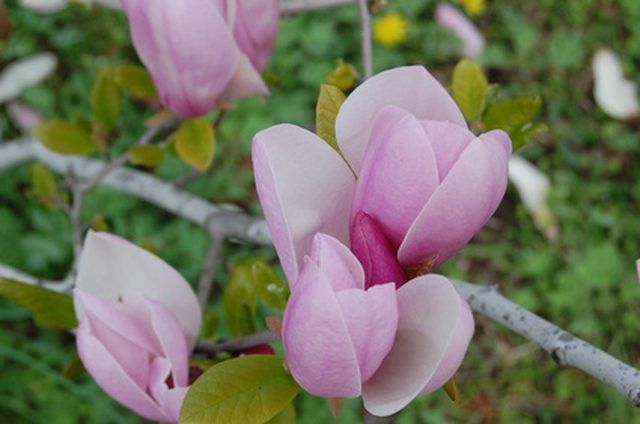Bulbs
Flower Basics
Flower Beds & Specialty Gardens
Flower Garden
Garden Furniture
Garden Gnomes
Garden Seeds
Garden Sheds
Garden Statues
Garden Tools & Supplies
Gardening Basics
Green & Organic
Groundcovers & Vines
Growing Annuals
Growing Basil
Growing Beans
Growing Berries
Growing Blueberries
Growing Cactus
Growing Corn
Growing Cotton
Growing Edibles
Growing Flowers
Growing Garlic
Growing Grapes
Growing Grass
Growing Herbs
Growing Jasmine
Growing Mint
Growing Mushrooms
Orchids
Growing Peanuts
Growing Perennials
Growing Plants
Growing Rosemary
Growing Roses
Growing Strawberries
Growing Sunflowers
Growing Thyme
Growing Tomatoes
Growing Tulips
Growing Vegetables
Herb Basics
Herb Garden
Indoor Growing
Landscaping Basics
Landscaping Patios
Landscaping Plants
Landscaping Shrubs
Landscaping Trees
Landscaping Walks & Pathways
Lawn Basics
Lawn Maintenance
Lawn Mowers
Lawn Ornaments
Lawn Planting
Lawn Tools
Outdoor Growing
Overall Landscape Planning
Pests, Weeds & Problems
Plant Basics
Rock Garden
Rose Garden
Shrubs
Soil
Specialty Gardens
Trees
Vegetable Garden
Yard Maintenance
How to Grow a Magnolia Bush
How to Grow a Magnolia Bush. Having a small yard doesn't have to stop you from making the magnolia's fragrant pink blooms part of your home's spring landscape. Bush varieties, like Magnolia grandiflora 'Little Gem,' fit comfortably into smaller landscapes that can't accommodate a full-size magnolia tree. This shrub isn't just for southern gardens,...

Having a small yard doesn't have to stop you from making the magnolia's fragrant pink blooms part of your home's spring landscape. Bush varieties, like Magnolia grandiflora 'Little Gem,' fit comfortably into smaller landscapes that can't accommodate a full-size magnolia tree. This shrub isn't just for southern gardens, either. Although some varieties prefer the warm climates of USDA zones 7 to 10, others, like star magnolia (Magnolia kobus var. stellata) can grow as far north as Minnesota.
Things You'll Need
Magnolia bush
Shovel
10-10-10 or 8-8-8 fertilizer
Pruning shears
Plant bushes with burlap-covered roots between August and October. Plant container-grown shrubs any time of year. The planting area should receive full sun to light shade and have loose soil with a slightly acidic or neutral pH. Dig a hole twice as wide as the root ball and equal in depth. Set the root ball in so the top is level with the soil and refill the hole with soil.
Apply 3 to 5 inches of acidic mulch, such as pine needles, under the shrub's entire leaf canopy. This holds in moisture and encourages root growth. Keep the mulch about 6 inches away from the trunk to prevent disease.
Fertilize the bush only once it's putting on new growth. In the first year after planting, apply 1 cup of 10-10-10 or 8-8-8 fertilizer around the planting area in March, May and July. The next year, in the same months, sprinkle 2 cups of fertilizer around the shrub starting from the edge of the canopy and ending several feet out. In the third growing season, apply 4 cups to the area from the canopy's edge to 6 feet out.
Water once a week or every other week during dry periods. Water long enough to moisten the soil to about 1 1/2 feet deep. If the bush's leaves wilt between waterings, water more deeply.
Prune the shrub immediately after flowering to remove dead branches and create an aesthetically pleasing shape.
Tips & Warnings
Some magnolias suffer transplant shock and drop many of their leaves. Leaf drop after planting is no cause for concern.